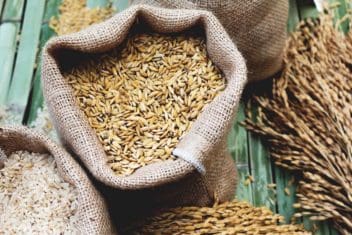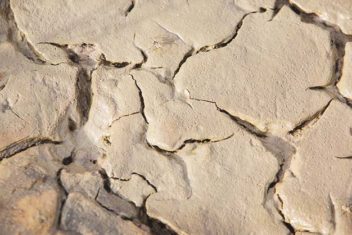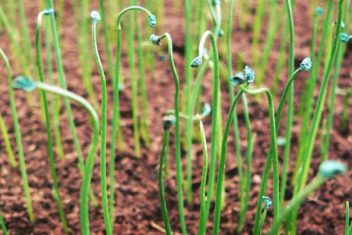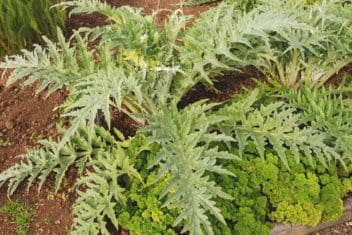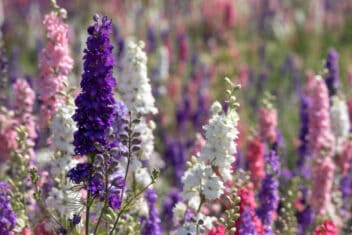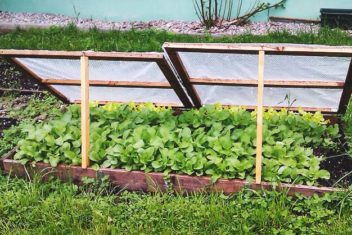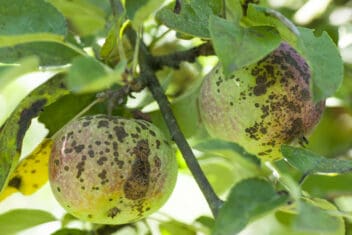Each year, my spring gardening chores start with taking a long walk through my garden – usually to survey the damage.
I do my best to clean up after the fall harvest and to make sure my soil is properly amended. I cover up my raised beds and also plant a cover crop to prevent soil from washing away.
Without fail, though, it always seems as though I have a bit of work to do once the snow recedes.
One task that I prioritize over the rest is making sure I have good drainage in my raised beds. Raised beds offer one significant advantage over in-ground planting in that they tend to drain and conversely, hold moisture, much better than other environments.
Raised beds, since they’re easier to work, are also easier to care for as a whole, too. However, that’s not to say that you won’t need to take some steps from time to time to improve the drainage in your raised beds.
Here are some tips to help you improve drainage in your raised beds – many of which you can implement in a jiffy.
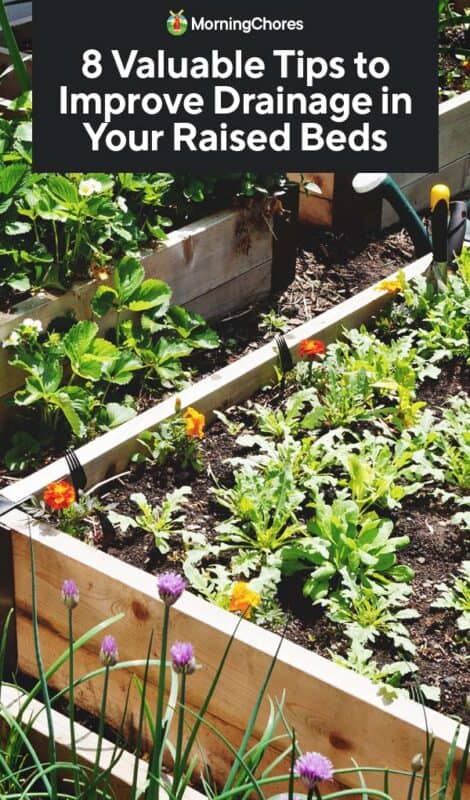
Why Drainage is Important
You know that drainage in a garden is important, but with raised beds, the importance is multiplied.
Why?
In essence, maintaining a raised bed is like having a captive audience. You have total control over the quality of the soil, which is advantageous. At the same time, however, you need to be vigilant about what you are adding to your garden beds to make sure conditions are ideal for planting.
Soil that is well-draining will allow water to permeate through it relatively quickly. It won’t pool in odd spots, nor will it leach water immediately upon watering.
Having raised beds with good drainage is essential. Not only will it prevent overwatering or underwatering your plants, but it can also reduce the risk of various diseases associated with water issues, like root rot.
There are several pests that will target plants growing in soils with poor drainage. Simply put, if plants are not growing as well as they could or in the best conditions, opportunistic pests will rapidly swoop in for a feast.
Plus, plants that are grown in poorly draining soil (particularly that which is overly saturated) will not be able to access oxygen and nutrients. This can severely limit their growth or even kill them.
When your garden beds drain well, the soil will be easier to work. That’s true at all times during the growing season, but especially in the spring. Poorly draining raised beds will seem to take forever to dry out in the spring, especially if you had a heavy snow cover over the winter.
Tips for Improving Drainage in Your Raised Beds
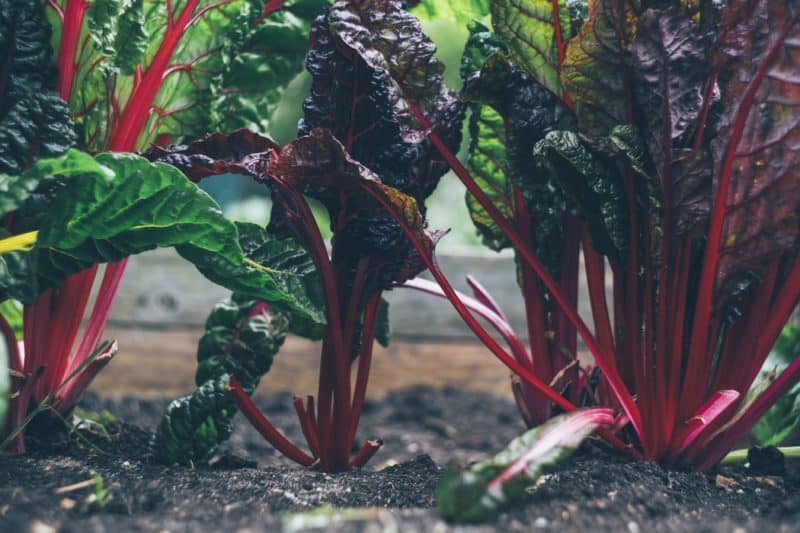
1. Add Compost
Adding compost to my raised beds is something that I do each and every season. While I usually do it in the fall with compost that’s not quite broken down yet, it can also be done in the spring with more aged material, too.
You could even add compost as a top dressing around your plants during the growing season if you’d like.
The beauty of compost is that it will help add substance and structure to your soil. It helps balance out nutrient levels in the soil and can also improve drainage by adding more material to sandy soil and loosening up heavier clay soils.
Add compost in the fall, and the compost will protect the soil from harsh winter weather. You won’t have quite as many nutrients leach out of the soil as a result of regular winter erosion.
2. Use Soil Amendments
Soil amendments can be mixed into the regular soil in your raised beds to improve their quality. The type of soil amendment you need will depend on what exactly your soil needs. In some cases, you may need to change the soil’s physical structure (or tilth) to improve its drainage.
For example, if your soil is too wet – a sign that it is retaining too much moisture – you can mix in a material like greensand combined with soil. This will help loosen up the soil and make it more porous so it drains better.
If your soil is too light, like sand, you can add compost. This will add more structure to the soil so water and nutrients stay locked in a bit longer.
Again, you’ll want to test your soil to figure out what kind of management you need, but some good options include:
- Compost
- Coco coir
- Worm castings
- Grass clippings
- Greensand
- Cornmeal
- Lava sand
- Straw
- Kelp meal
You can find more information on how to determine your soil type (and how to amend it) in our Preparing Garden Soil post.
3. Use Cover Crops
A cover crop might sound like something that only a large-scale commercial farmer can use, but really, cover crops have their place in just about any garden of any size. They aren’t just for weed suppression, either, although that’s one of the many beauties of a cover crop!
Cover crops put down deep taproots that help aerate the soil. While these benefits are more pronounced with some kinds of cover crops than others – alfalfa, for example, has a very deep root system that can help pull nutrients up to surrounding plants – all cover crops can help loosen up compacted soil to some extent.
Plant a cover crop in the fall, spring, or summer, depending on your needs. A few weeks before you want to plant, simply turn the cover crop back into the soil, either by mechanical or manual tilling. Your organic matter and soil health will both improve, as will your drainage.
Looking for the right cover crop? Check out this chart, which will give you a more detailed overview of which plant might be best for your garden.
4. Use Sheet Composting
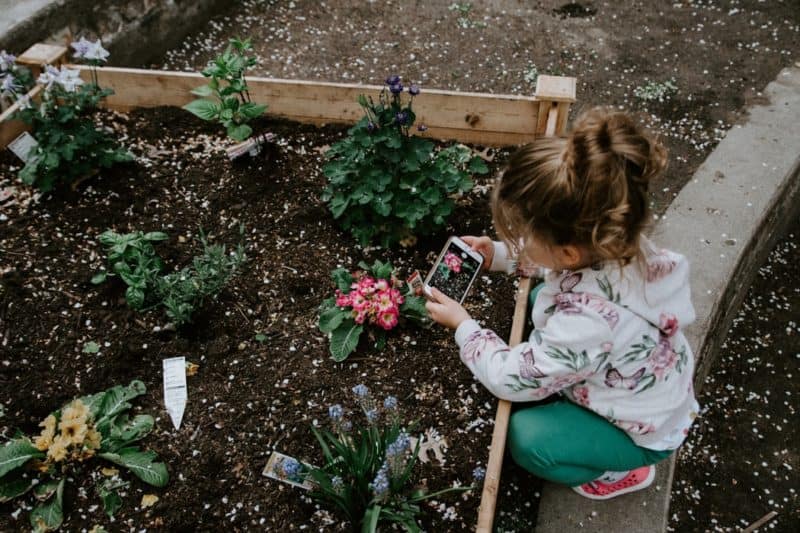
Sheet composting is a gardening technique of many names, including no-till gardening and lasagna gardening. No matter what you call it, it’s a great way to improve drainage in your raised beds.
I prefer to use sheet composting as a preliminary way to improve drainage in my raised beds, but it can be done at any stage – even if you’ve had an existing raised bed garden for a while.
In fact, it’s a good idea to “re-sheet,” as I call it, every few years in your raised beds. Over time, the soil will become depleted in your raised beds. This happens naturally as you pull plants (and the surrounding soil) out of your garden and as wind and water remove soil from your beds.
Sheet composting sounds complicated, but really, it’s quite simple. You start by laying down newspaper or cardboard over existing vegetation and then wetting them thoroughly. This will smother weeds and prevent new ones from coming up. Then, you’ll add brown and green materials, like compost, sawdust, peat moss, wood chips, or animal bedding.
You’ll layer your garden just like you might layer a compost, alternative with five-inch thick layers of brown material and three-inch layers of green.
By the time planting season arrives, you are ready to plant! You don’t need to till, as you’ll be able to plant right into the garden. It’s as simple as that! Once your plants are in the ground, you can continue to sheet compost around them, adding straw as mulch to help add to your beds and further improve their drainage, too.
5. Use a Broadfork
You don’t have to do this every season, by using a broadfork every year or every third year is a great way to improve drainage.
A good rule of thumb? If the soil is too hard to work with regular hand tools, it’s time to use a broadfork to open things up (ideally in the early spring, before the soil is super active).
Broadforks act just like aerators with tines that penetrate deep into the soil. Instead of just creating plugs, like an aerator, broadforks instead lift up large chunks of soil to help improve aeration.
Not sure how to use a broadfork? Here are some tips to help you learn how to use a broadfork for drainage – and why using a broadfork is so advantageous in your raised beds. You’ll find some detailed steps to help guide you through the process.
6. Use Mulch
As I alluded to in the last tip, using mulch is a great way to keep weeds under control in your garden beds and also to improve drainage.
Mulch helps lock in moisture but also evenly distributes it around the bed. If you’ve had problems with water pooling or draining too quickly out of certain corners of your raised beds, try adding mulch. Not only can it help balance things out in the short-term, but as the mulch breaks down, it will also add more structure and support to the surrounding soil.
7. Avoid Pulling Plants Up By the Root
When you harvest, avoid pulling up the entire plant. Instead, just cut it at the soil surface. The roots will break down and help to aerate the soil. Plus, this will prevent you from scattering soil outside of your raised beds – where it isn’t going to do you any good.
8. Take Steps to Prepare For Winter
At the end of the fall harvest season, you’re tired. I get it. However, it’s important that you don’t neglect your raised beds in favor of curling up inside in front of the fireplace with a hot toddy (you can do that later).
Instead, you need to make sure you prepare your raised beds for winter. Make sure all organic matter has either been removed or tilled into the soil. Add sheet composting ingredients, if you plan to do that, so they’ll have time to break down over the winter. In some cases, you may want to cover your raised beds with a sheet of plastic or with cover crops to choke out weeds and prevent erosion.
Don’t Let Poor Drainage Be A Problem
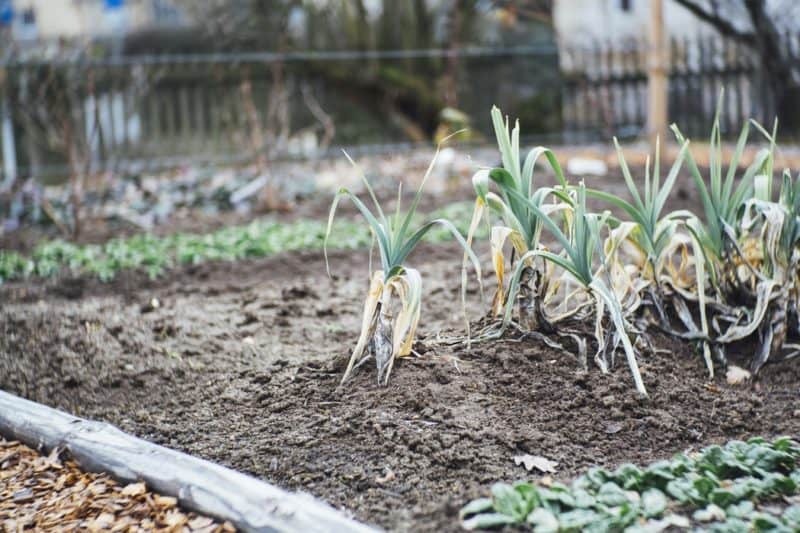
If you’re frustrated with the poor drainage in your raised beds, it might be tempting to just throw out all the dirt and start over with brand new soil.
There’s no need to do this, though. Following these tips to improve the drainage in your raised beds can save you a lot of headache and backache. You can build better soil in as little as a few weeks or months – you just need to be patient!

